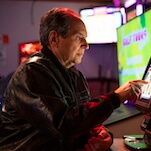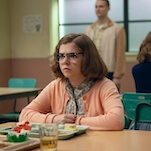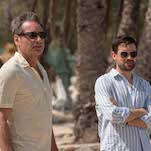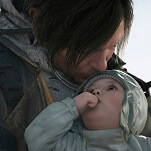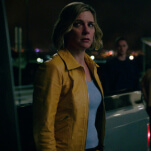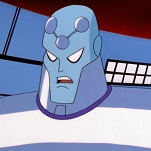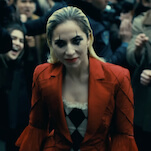On Resident Evil 7 and Creating a Series Identity

Despite being a fan of Capcom’s Resident Evil games for twenty years, I still struggle to assign any specific identity to the series. Whatever through line connects the events at the Spencer Mansion to the same characters punching boulders inside of a volcano has all but disappeared in my mind. All that remains is a list of names and events in chronological order, each getting increasingly more absurd to the point where I am not completely sure whether or not much of it actually happened. After the bombastic, though critically-maligned, Resident Evil 6, it did not seem that Capcom had a good grasp on the series’ identity any more, either.
With fans and creators alike scratching their heads over what makes a Resident Evil game, no one was really sure what direction the series could take for newer entries.
After Resident Evil 6, series producer Masachika Kawata felt it was time to go back to the drawing board. “We had been hearing a lot from fans that they wanted a return to more of the survival horror from the original games. Following Resident Evil 6, which had gotten to be a massive global-scaled game, we ourselves also thought about what to do next,” stated Kawata. “We couldn’t really go even bigger so we decided to take the opposite approach and bring the game down to a more intimate scale. So, if anything, the fan feedback helped to reinforce the direction we had been thinking about taking.”
Resident Evil has a pretty successful track record with reinventing itself. When Resident Evil 4 was released on the GameCube in 2004 in the form of an action title, it was hailed as one of the greatest videogames of all time. This allowed Kawata’s team a bit of a longer leash in trying to figure out what makes Resident Evil work, and what could be left behind in the series’ past.
“When you look at them, each game in the series introduced something new while expanding on the world and overall storyline. Whether it was the two characters going through the same storyline in Resident Evil 2 or the co-op options in Resident Evil 5,” Kawata explained. “The first three games were of course notable for the fixed camera style and the next three games of course changed to over the shoulder with more focus on action. With Resident Evil 7, we are changing things up again with a first-person perspective which also lends itself to the immersive horror we are focusing on.”
Kawata repeatedly emphasized the horror aspect of Resident Evil 7, despite that the word is noticeably absent from descriptions of the last few games. He also explained why the series changed from its roots of zombies and bio-weapons to a local family with murderous intent. “When you think about scary movies or games, common enemies like zombies are of course are scary but you can somewhat detach yourself from having to defeat them in a sense. Humans, on the other hand, are perhaps the scariest of enemies because they are relatable but also unpredictable.” Kawata added, “We wanted to explore this element as an additional layer to the fear you experience in the game.”


